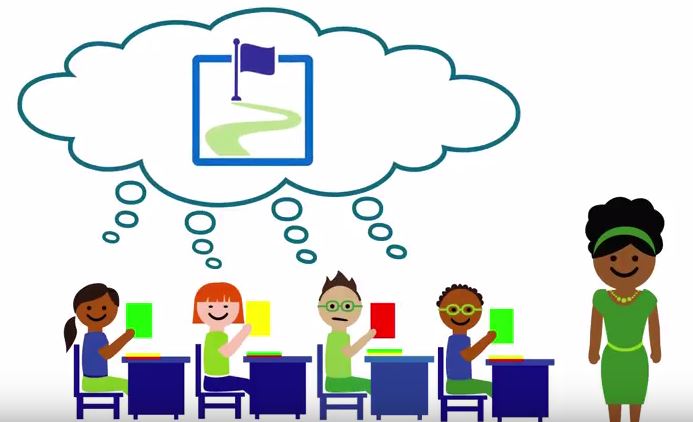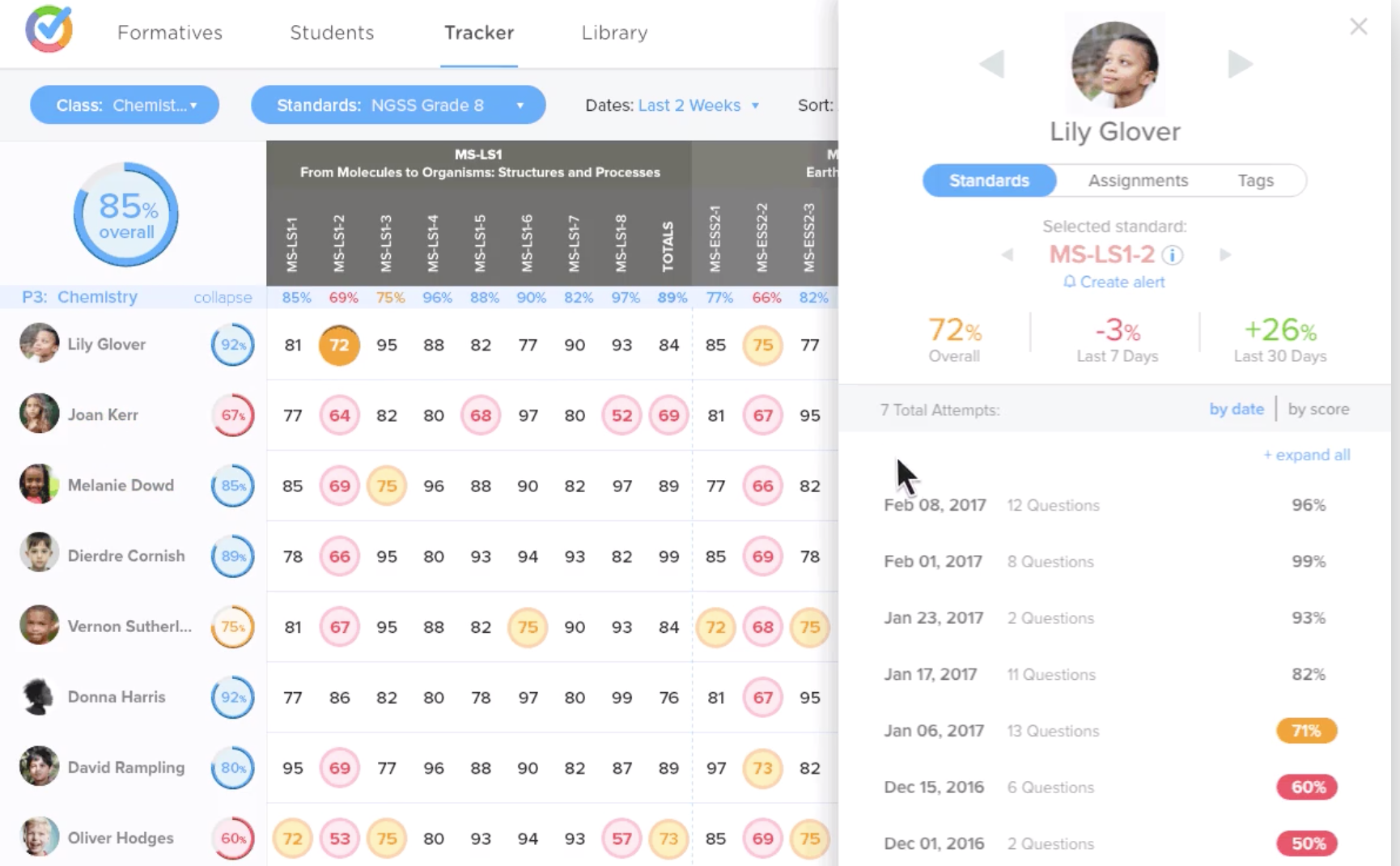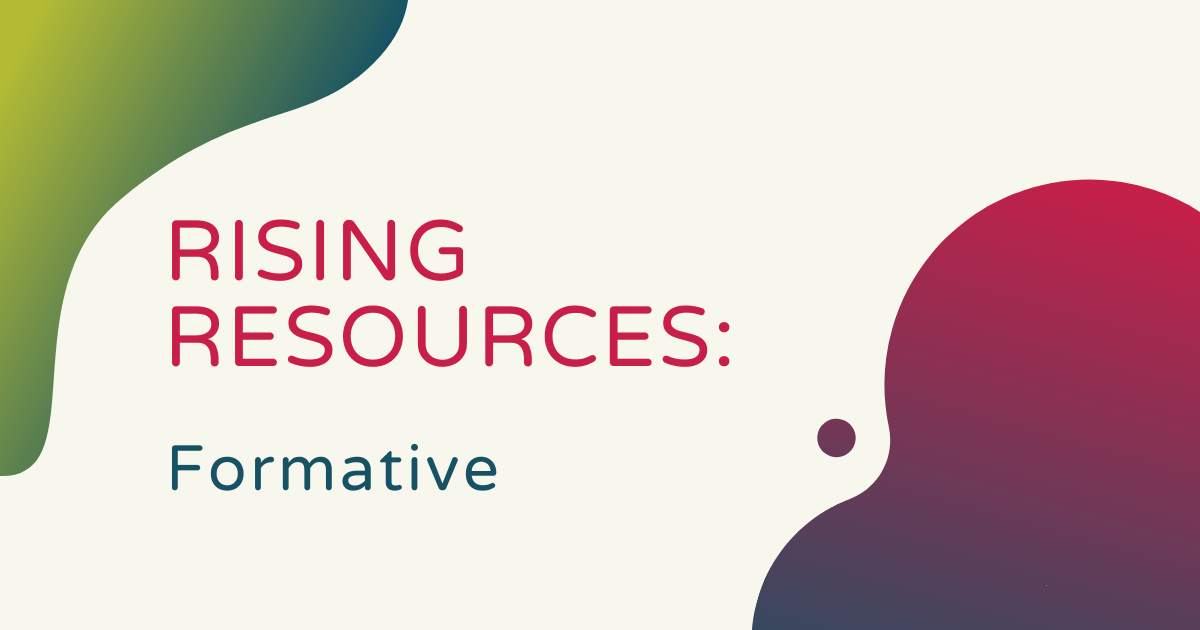Formative assessment has become a huge part of modern education and also of personalized learning. Rather than creating one-size-fits-all tests to gauge student understanding across the board, many educators have chosen to take the formative assessment approach instead. Formative assessments can be used to count as graded work or simply for teachers to gain a clearer understanding of where their students are at. They can be as formal or as informal as educators like and the best ones often lend ideas for how teachers can improve their instruction. This takes some time, however, and that’s why Formative is available for teachers who want to individualize their instruction but don’t have the time to create 20 different documents.
Millions of teachers (and students) have used Formative in their classrooms and they’re each able to create accounts for free. Essentially, there is a huge library of pre-made formative assessments that teachers can access and then use with their students. Each individual assessment is called a ‘formative’ and educators have full access to all of them. They cover broad and specific topics and, perhaps the best feature of Formative is that teachers can edit the assessments that have already been made in order to create ones that are ideal for their students.

There are formatives available for all academic subjects, including science, math, social studies, world languages, and more. They aren’t just multiple-choice questions for students to answer either. Some of them, like the math assessments, for example, require students to solve problems, factor trinomials, and even graph equations. Plus, the formatives are broken down into different groupings based on grade levels and school subjects. The grade level breakdown includes assessments for K-2, 3-5, 6-8, and 9-12.
Another way that Formative helps save teachers time is by allowing them to use the assessments or content they already have. Teachers can upload PDF files, Google Docs, or Word documents to Formative and then simply add fields for their students to respond. They can even embed their own content if they want and edit questions at any time. This also allows teachers to create different types of interactive questions, including the following types: Show Your Work, Drag and Drop, Audio Recording, Graphing, Essay, Math Typing, and more. With all of the options, Formative is a great way to cater to all of the different ways in which students learn.

Not only does Formative then provide teachers with all of the responses submitted by students, it also makes identifying struggling students a lot easier. Formative’s feedback provides alerts to teachers for when they may need to intervene with one particular student or even a group of kids. This feedback also helps educators to easily assign a score or grade to each student’s work and compare progress by looking at an organized depiction of the entire class’ progress.
This feature also paints a clear picture for educators of how each one of their students is progressing over time or identify exactly what it is they are struggling with. It can also help teachers recognize if perhaps one particular assignment was too challenging or not clear enough if student performance suffers on one particular day. Students can see how well they are doing, too, by accessing the same information as it applies to them right from their own connected device.
Formative can be used on any Internet-connected device, including phones, tablets, laptops, and desktop computers. It’s designed to enable educators to turn any piece of content into formative questions and generate instant feedback that they can use to improve student outcomes. It’s free to sign up and Formative even has integration with other educational tools, like Google Classroom, ClassLink, and Clever! To learn more about Formative or to get started by creating your account, visit their website and, after you’ve done that, head over to the Eduporium store to discover more useful technologies for improving student success!



